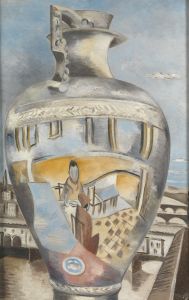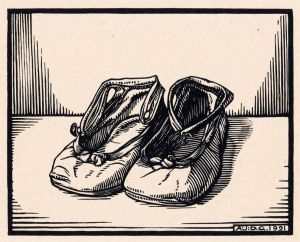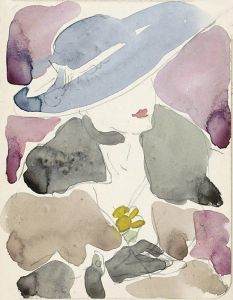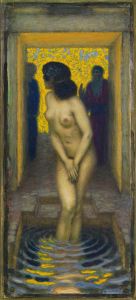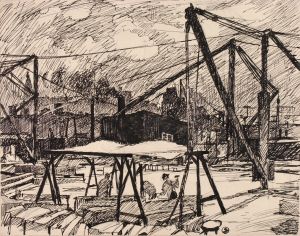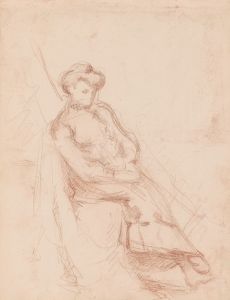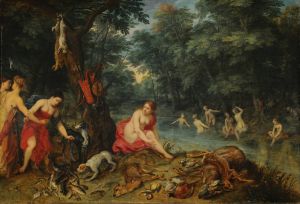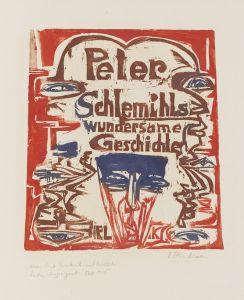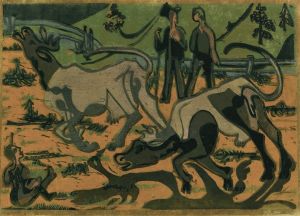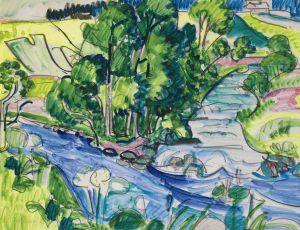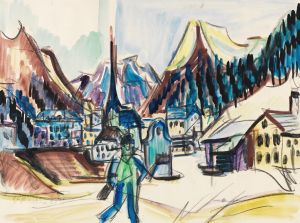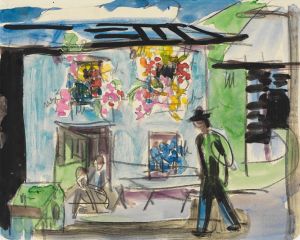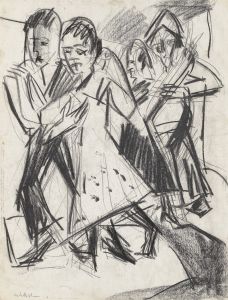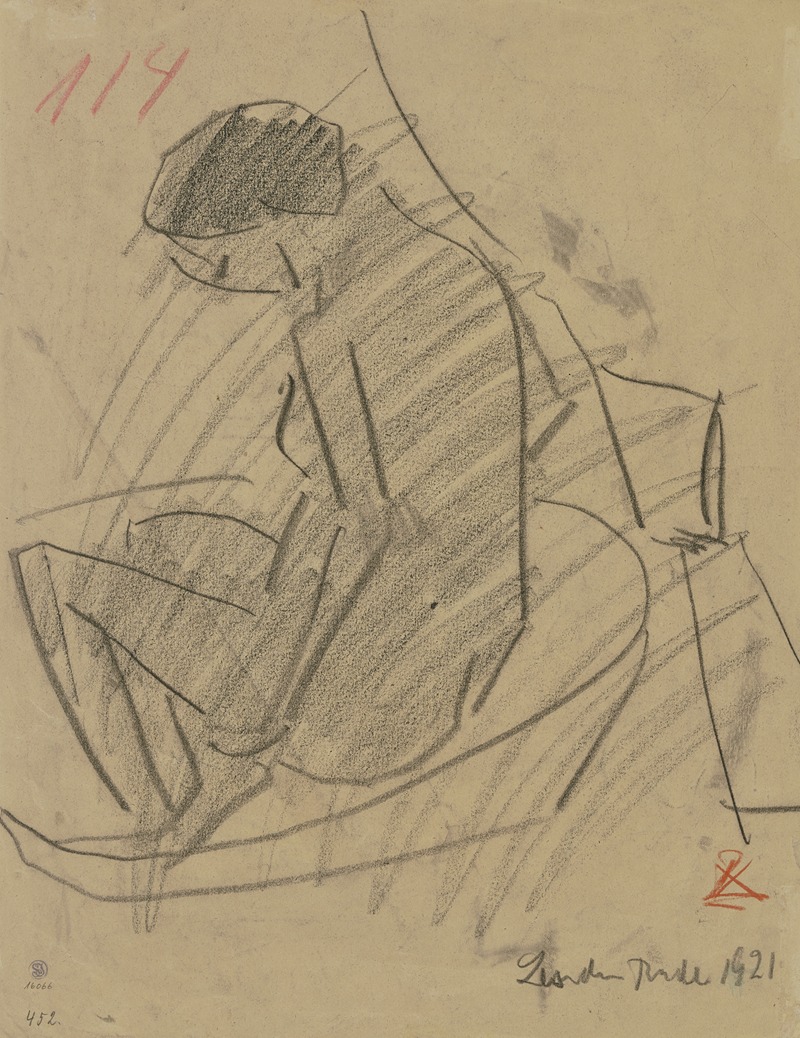
Woman in the tub
A hand-painted replica of Ernst Ludwig Kirchner’s masterpiece Woman in the tub, meticulously crafted by professional artists to capture the true essence of the original. Each piece is created with museum-quality canvas and rare mineral pigments, carefully painted by experienced artists with delicate brushstrokes and rich, layered colors to perfectly recreate the texture of the original artwork. Unlike machine-printed reproductions, this hand-painted version brings the painting to life, infused with the artist’s emotions and skill in every stroke. Whether for personal collection or home decoration, it instantly elevates the artistic atmosphere of any space.
Ernst Ludwig Kirchner's "Woman in the Tub" is a painting created by the German Expressionist artist, who was a founding member of the influential art movement Die Brücke (The Bridge). Kirchner, known for his bold use of color and dynamic compositions, often explored themes of modern life, the human figure, and intimate domestic scenes in his work. "Woman in the Tub" exemplifies his interest in depicting the human form in a raw and unidealized manner, reflecting the Expressionist movement's focus on emotional intensity and subjective experience.
The painting portrays a nude woman bathing, a subject that Kirchner revisited in several works throughout his career. The composition is characterized by its vibrant, non-naturalistic colors and angular forms, which are hallmarks of Kirchner's style. The scene is intimate, yet the distorted proportions and exaggerated lines create a sense of tension and energy, moving away from traditional representations of the nude in art history. This approach aligns with the Expressionist goal of conveying inner emotions rather than adhering to realistic depictions.
Kirchner's works, including "Woman in the Tub," were influenced by his interest in non-Western art, particularly African and Oceanic art, which he admired for its perceived authenticity and directness. This influence is evident in the simplified forms and bold outlines present in the painting. Additionally, the subject matter reflects Kirchner's fascination with everyday life and private moments, often capturing scenes from his own studio or personal relationships.
The exact date of creation for "Woman in the Tub" is not definitively documented, but it is generally associated with Kirchner's prolific period in the early 20th century, particularly before World War I. During this time, he produced many works that explored themes of urban life and the human figure, often with a sense of immediacy and psychological depth.
Kirchner's career was deeply affected by the political and social upheavals of his time. His art was labeled "degenerate" by the Nazi regime in the 1930s, and many of his works were confiscated or destroyed. Despite these challenges, Kirchner remains a central figure in the history of modern art, and his works continue to be celebrated for their innovative approach and emotional resonance.
"Woman in the Tub" is housed in a private collection or museum, though specific details about its current location are not widely available. The painting is an important example of Kirchner's contribution to the Expressionist movement and his exploration of the human experience through art.





